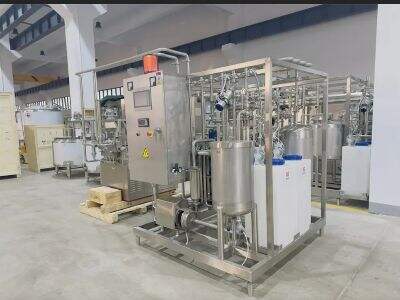Hi there. Ever wonder how milk in your fridge stays safe to drink? Or why the juice in your lunchbox never spoils? And it all has to do with something called pasteurization. Today, we are going to learn about pasteurization and discover how it helps us ensure that our food is safe and delicious.
The History of Pasteurization
Let’s begin with some history. Pasteurization was invented by a scientist with the pen name Louis Pasteur long, long ago in the 1800s. He discovered that by heating up food and drinks to a certain temperature, he could kill the bad bacteria. That made the food edible. He gave the process his name —pasturization.
The Science of Keeping Our Food Safe: How Pasteurization Works
Pasteurization is essential for our food as it kills bad bacteria that can sicken us. Milk, juice or other food undergoes pasteurization when it is heated to a temperature and then rapidly cooled. This kills any bacteria but doesn’t affect the taste or nutrition of the food.
Various Methods of Pasteurizing Food
There are a few ways to pasteurize food, including batch pasteurization, flash pasteurization and ultra-high temperature tunnel pasteurization equipment. Each method has its advantages and is suitable for various types of food. For instance, milk is typically pasteurized with flash pasteurization, where the milk is heated extremely hot for a short period.
Is the Taste of Food Altered by Pasteurization?
You may be concerned that pasteurization changes the taste of the food, but it doesn’t. In htst pasteurization, the food is heated to a temperature high enough to kill bacteria but not high enough to alter the taste or nutrients. In reality, pasteurized foods can be just as healthy and delicious as unpasteurized foods.
Emerging technologies in pasteurization
Because technology is ever advancing, so is the process of pasteurization. New systems and equipment are under development to perform pasteurization machine for juice faster and better. That’s one way to help make our food safer and more durable.






